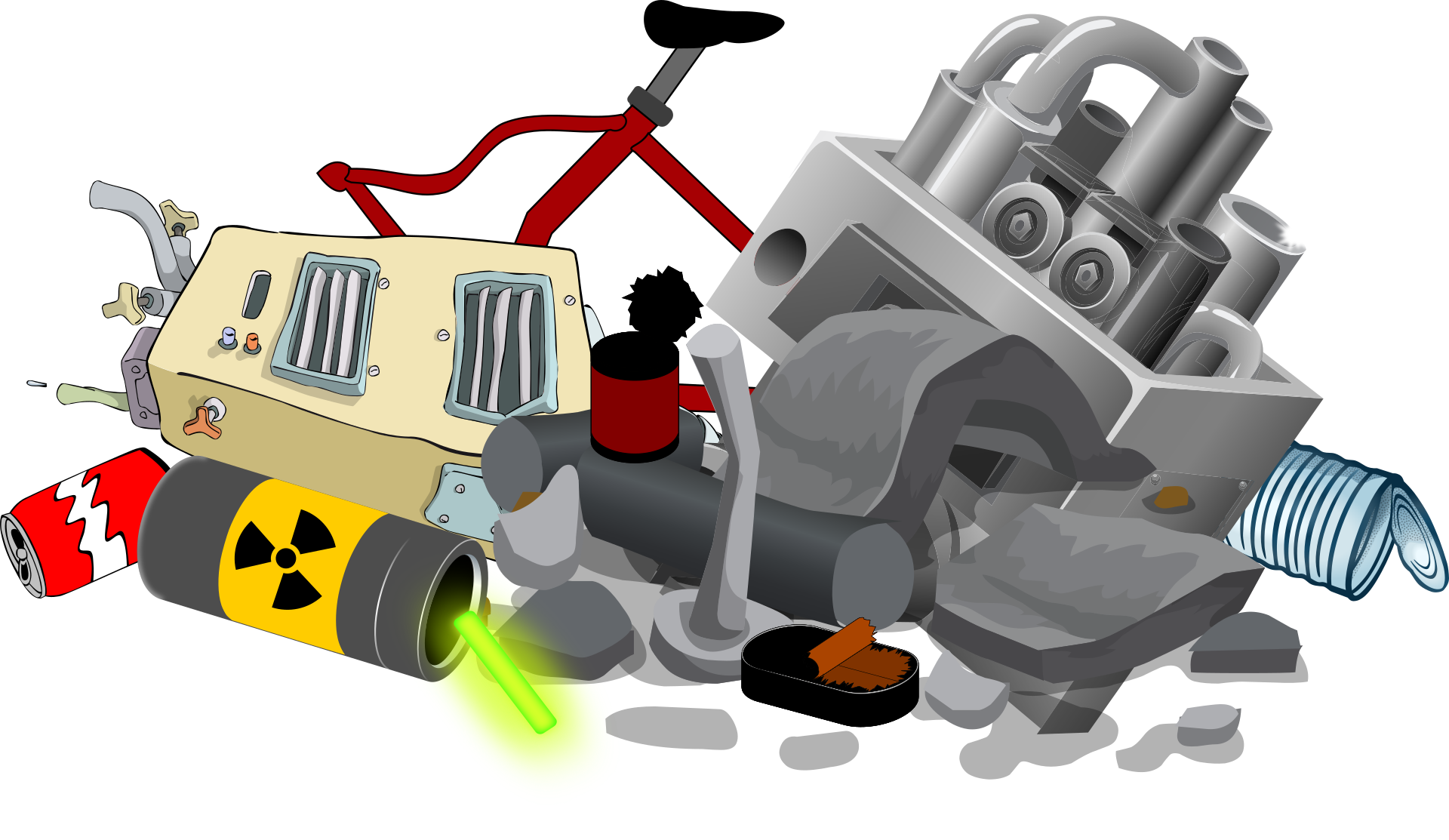
How to Know If You Have Hazardous Waste or Not
400 million tons of hazardous waste, almost 13 tons per second, are produced throughout the world each year. The chemicals they give off have a range of negative effects, including poisoning water supplies and causing diseases like cancer.
The first thing to consider to prevent these effects is how you can identify a hazardous household product. There are federal lists to consult and characteristics to look out for that make the process easier.
Read on to learn how to identify and remove hazardous waste from your home.
What Is Hazardous Waste?
Hazardous waste is any waste that poses a threat to public health or the environment. It’s generated by industries such as chemical, iron, steel, and fuel manufacturing, as well as waste treatment plants.
There are also several types of hazardous household waste to look out for. They include everyday products such as:
- Electronics, especially batteries
- Cosmetics
- Cleaning products
- Paint
- Pharmaceuticals
Test and monitor these products. They can become hazardous at any time, especially if they’re not properly disposed of.
How Can I Identify Hazardous Household Waste?
Start by consulting one of the government’s official hazardous waste lists to determine if you have hazardous materials in your home.
The F and K-lists identify waste from manufacturing and industrial process. The F-list refers to materials from non-specific sources, while the K-list includes waste from specific sources across 13 different industries.
The P and U-lists designate specific chemicals as hazardous. The waste must be a commercial chemical product, contain one or more chemicals from the list, and be unused.
More details about these lists can be found on the website for the E-CFR or Electronic Code of Federal Regulations.
The characteristics of hazardous waste include ignitability, corrosivity, reactivity, and toxicity.
Ignitability refers to how easily waste can be set on fire. Corrosivity refers to how waste breaks down other materials. Reactivity refers to how much nuclear material is in waste. Toxicity refers to how harmful waste is to ingest or absorb.
There are several tests that professionals can perform to determine if your waste is toxic. You can also use your common sense to ask important questions such as:
- Have there been recent changes in my family’s health?
- Have we been having unexplained fires?
Any of these changes could be caused by hazardous household waste. Removing it as soon as possible is the best way to protect your family.
How Can I Remove Hazardous Household Waste?
Look to this grab lorry hire company when your home becomes overcome with waste. They’re able to quickly remove a large amount of material.
Ask what type of material they’re able to remove. If they can’t work with hazardous materials, you may need to hire specialized professionals like a hazmat team.
Where Can I Learn More About Hazardous Waste?
Hazardous waste production is at an all-time high, and dangerous chemicals may be present in products you use every day. Using federal lists and your own common sense is the best way to identify them before they cause damage.
It’s also important to find the right company to remove any hazardous waste you’ve identified. You need one with the tools and experience to complete the job properly.
Read the rest of our content for more information on identifying and removing hazardous waste.
